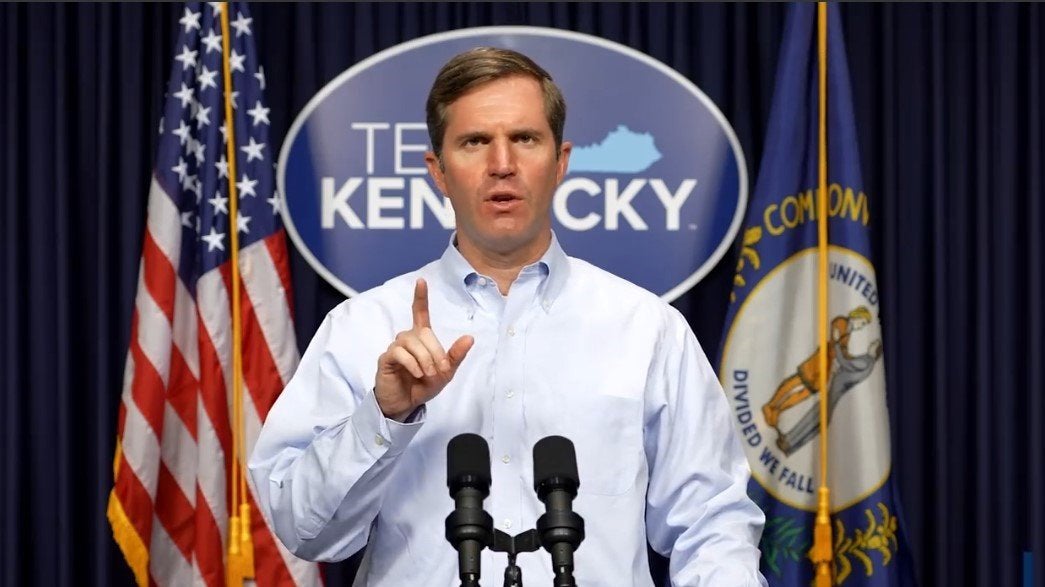Humans can’t see ‘synthetic risk’ that led to opioid crisis
Published 9:22 am Thursday, July 20, 2017
By BOB MARTIN
Contributing columnist
Among animals, species survival depends on their ability to recognize and avoid danger. Individual members who are remiss in these talents disappear, while those who see danger persist and are more likely to procreate.
The species survives by naturally selecting for members who can cope with danger. This is the fundamental mechanism of evolution. In the past, natural threats were predators, accidents and poisons in the environment. Thousands of years of selection leads to risk aversion and an instinctive recognition of natural dangers. Your fear of snakes is an example.
Since we left the savanna, natural risks have been reduced; however, new synthetic risks proliferated. Synthetic risks are threats of our own creation; they are frequently products of our technology and creativity. Further, they are commonly packaged and “sold” with considerable promotion. Some new risks have “hooks” that keep the unwary coming back for more. These are Darwinian tests of our own making. In contrast to natural risks, there is no instinctual fear of synthetic risks. That fear must be taught.
Risk is a natural part of human existence and managing risk is as important as it has ever been. What is different is the peer pressure to experiment with risk and the promotion of risk experimentation by sophisticated individuals. For young people, peer pressure is the primary route to disaster. It takes confidence and a strong sense of individuality to resist this pressure. Young people who are adrift are particularly vulnerable.
Dedicated parenting is required, but that is not enough. The very best of parenting can be undone by peer pressure; hence, good parenting is not sufficient. Society must provide an environment where young people at least have a chance to grow up without being addled, confused and addicted. As a society, we have failed to prepare our young to manage these risks.
The “opioid crisis” is the latest manifestation of our inability to manage synthetic risks. If our response follows the traditional model, we will throw all our resources at the backend of the problem — saving the addicted — rather than at the front end of the problem — preventing addiction. We do this primarily because we simply do not know how to prevent addiction. I am in no way suggesting we should not try to save the addicted; I merely want to demonstrate it is not a solution.
If individuals are indemnified by others for the risks they take, they tend to take more risks. This is the well-known “moral hazard” problem in insurance. For example, when inexperienced climbers take excessive risks and then need search and rescue teams to bail them out, they impose cost and danger on their rescuers. Some at risk opioid users may feel over confident in the ability of others to save them if they get into trouble. Treating the addicted may have unintended consequences.
The U.S. drug problem has persisted because we don’t have effective programs to prevent addiction. We need a science based “Manhattan Project” to prevent addiction. For starters, people need to see what paramedics and hospitals deal with when an addict is in crisis.
Bob Martin is the Emeritus Boles Professor of Economics at Centre College.





